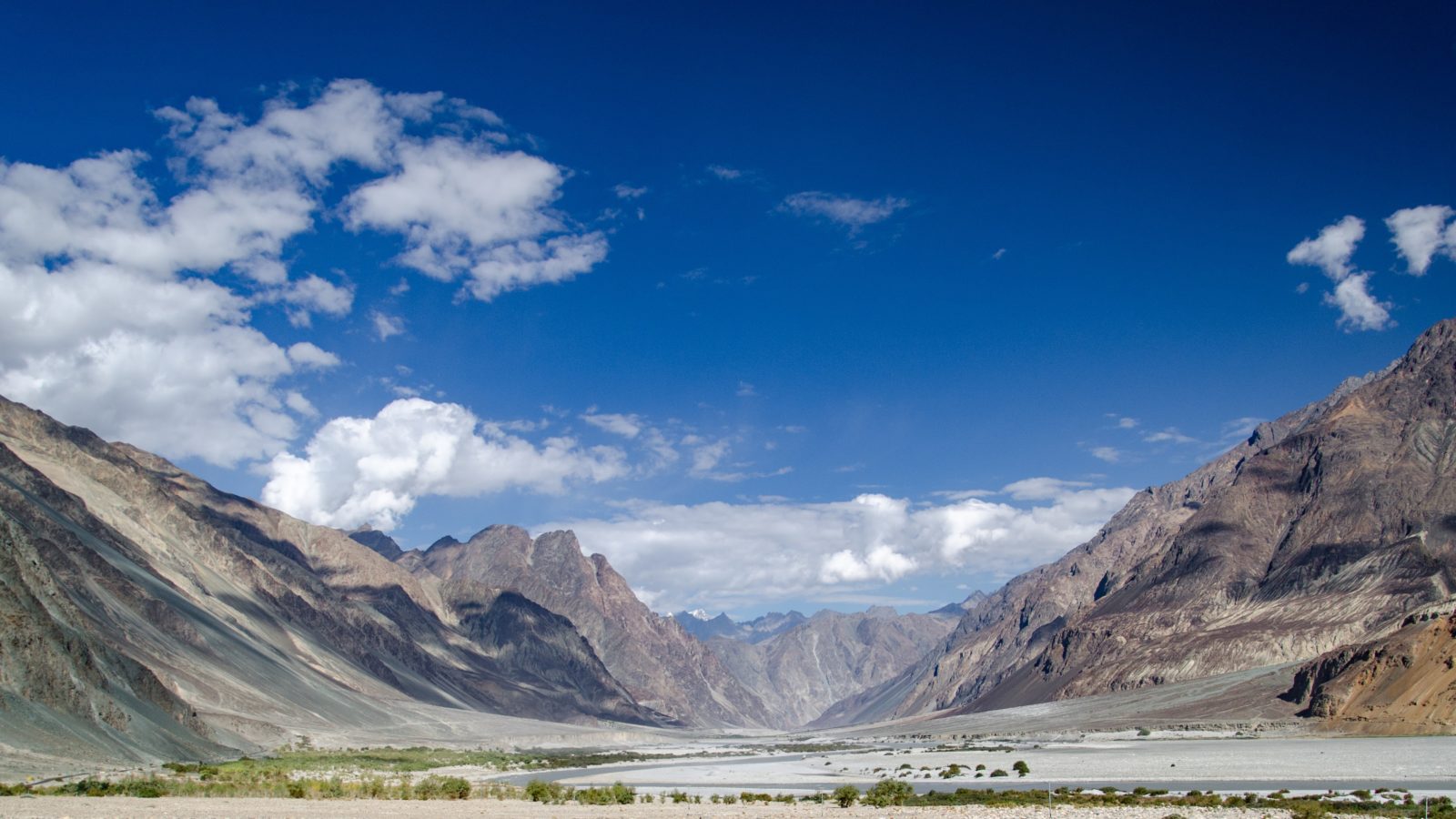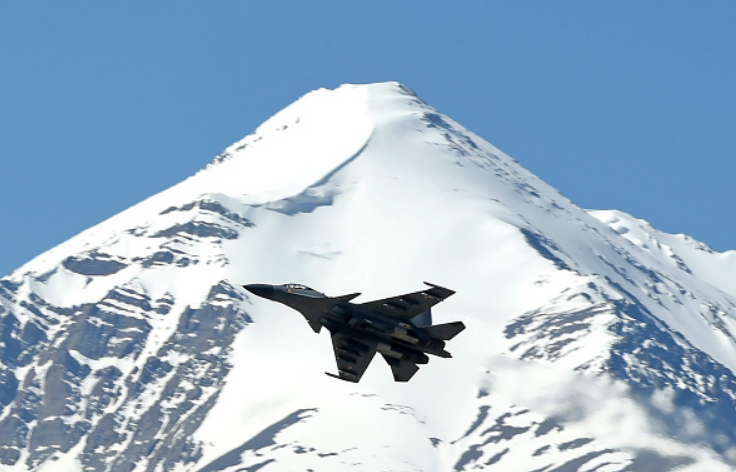by Aman Thakker

For at least nine months, Indian and Chinese troops have faced off at multiple points along the Line of Actual Control (LAC) — the disputed and undemarcated border between the two countries. However, on February 11, 2021, India’s Defense Minister Rajnath Singh announced that both countries had reached an agreement to disengage at one of those points — Pangong Tso. The agreement to disengage is certainly welcome news. However, the crisis at the border is far from over. If the situation in eastern Ladakh is to return to status quo ante with both sides completely de-escalating, India and China will need to traverse a crossroads that could shape the future of their bilateral ties at a time when there is little to no trust on both sides.
A Brief Look at What Happened at the LAC
The earliest publicly reported date of the start of the stand-offs is on May 5, when news sources reported Indian and Chinese troops were facing off at Pangong Tso. Soon, reports emerged of additional stand-offs at Gogra-Hot Springs, Demchok, the Galwan Valley, and Depsang. A first round of Army Corps Commanders-level meeting was held on June 6, which resulted in an agreement for both sides to disengage “in a phased manner” in several areas, including the Galwan Valley, Patrolling Point 15, and the Hot Springs. However, when Indian troops from the 16th Bihar Regiment, led by Colonel Santosh Babu, were verifying that the Chinese has disengaged at Patrolling Point 14 in the Galwan Valley, they were attacked, per India’s Ministry of External Affairs, in a “pre-meditated and planned action” that led to the deaths of 20 Indian soldiers, including Col. Babu, as well as at least four Chinese troops. China, in its version of events, suggested that it was Indian troops who crossed the LAC, leading to the clash.
The agreement to disengage is certainly welcome news. However, the crisis at the border is far from over.
Since the violent clash in Galwan, India and China have held nine more rounds of talks at the Army Corps Commander level, as well as seven rounds of diplomatic talks under the aegis of the Working Mechanism for Consultation & Coordination on India-China Border Affairs. India’s Defense and External Affairs Ministers also met with their Chinese counterparts in Moscow on September 4 and September 10 respectively. Beyond talks, India also undertook a counter-offensive military operation on August 29-30 to secure the heights on the Kailash Range, including Rezang La and Rechin La, on the southern bank of Pangong Tso. Per reports, India and China have amassed nearly 50,000 troops each, as well as heavy equipment such as tanks and artillery, to the area. However, no breakthrough was announced until February, when the Chinese Ministry of Defense announced a simultaneous disengagement of Indian and Chinese troops at Pangong Tso, which was confirmed in the February 11 speech by Indian Defense Minister Singh.
Why the Crisis is Far from Over
Independent sources have now verified that Indian and Chinese troops have disengaged at Pangong Tso. Per the agreement, Indian troops will be stationed at Finger 3 (the slopes of the mountains which jut into the lake are described as “Fingers”), while Chinese troops will be stationed east of Finger 8, with a similar pullback in the south bank. As per the agreement, the countries held a 10th meeting at the Army Corps Commander level within 48 hours of the disengagement at Pangong Tso. Reports suggest that a stepwise disengagement could follow, and that “the next phase will include resumption of patrolling limits in certain LAC areas claimed by both sides” before proceeding to Depsang.

However, with the next phase not yet underway and Indian and Chinese troops continuing to face off in Gogra-Hot Springs, Demchok, and Depsang, the crisis is not yet over. The situation at Depsang, in particular, stands out, both due to its strategic significance and the possibility that disengagement in this area could become complicated. Depsang is sandwiched between the India-controlled Siachen glacier and the China-controlled Aksai Chin, and is a flat terrain highly suited to mechanized warfare. As Sushant Singh, Senior Fellow at the Center for Policy Research, notes, India remains concerned that a possible Chinese incursion to Depsang can cut off Indian access to Siachen, while China sees the area as a possible “launchpad for a mechanized force-based military offensive launched” by India, should it try to wrest Aksai Chin from the Chinese. Furthermore, the area north of Depsang is the only point where China and Pakistan could physically combine forces in an armed conflict against India, and although such a scenario is not currently likely, it remains in the realm of possibility.
Even as India and China look to continue military and diplomatic talks to resolve the outstanding stand-offs, a serious lack of trust will continue to persist on both sides. Indian analysts have pointed out that since the start of the crisis, China has taken steps to boost its military capacity along the LAC, particularly by building up air defense units and positioning reinforcement troops. Others, still, have noted that India still cannot rule out that China’s agreement to disengage at Pangong Lake might be part of a strategic deception. These fears underscore why, although there is disengagement at Pangong Tso, there is still a long road to a complete de-escalation in eastern Ladakh.
Attempting to Look Ahead
Given that stand-offs are still ongoing at various points along the LAC and that there remains a serious lack of trust on both sides, it is too early to make any definitive conclusions about where India-China relations will go from here. However, there are a few takeaways worth considering at this point. First, it is crucial that after the disengagement process is complete or near completion, India undertake a thorough review of what happened in eastern Ladakh. Reporting has suggested that there was intelligence about possible Chinese troop movements in eastern Ladakh as early as February or March of 2020. Understanding whether this was true, and, if so, why such information did not result in action can provide a thorough understanding of how China was able to make ingresses in these various points along the LAC, and what are the lessons learned for India to prevent such activity from taking place in the future.
With a long way to go before complete de-escalation and little to no trust on both sides, India and China stand at a crossroads in Ladakh that can determine the trajectory of the entire relationship.
Moreover, regardless of where India-China relations go, it is clear that bilateral relations will not go back to “business as usual.” India’s external affairs minister, Dr. S. Jaishankar, made this point quite directly in a speech to 13th All India Conference of China Studies saying that the idea that Indian concerns could “be brushed aside, and that life can carry on undisturbed despite the situation at the border, that is simply not realistic.” Given such sentiments, the ball remains in China’s court to recognize India’s seriousness regarding the need for peace and tranquility at the border as the basis for progress in the broader relationship, and to de-escalate at the LAC and eventually return to the status quo ante.
Such action, however, would only be the first step in a long road when it comes to rebuilding trust over time, and only time will tell if India and China can build a new foundation of trust following the crisis in Eastern Ladakh. While the disengagement at Pangong Tso has been completed, the crisis is not yet over. With a long way to go before complete de-escalation and little to no trust on both sides, India and China stand at a crossroads in Ladakh that can determine the trajectory of the entire relationship.
No comments:
Post a Comment